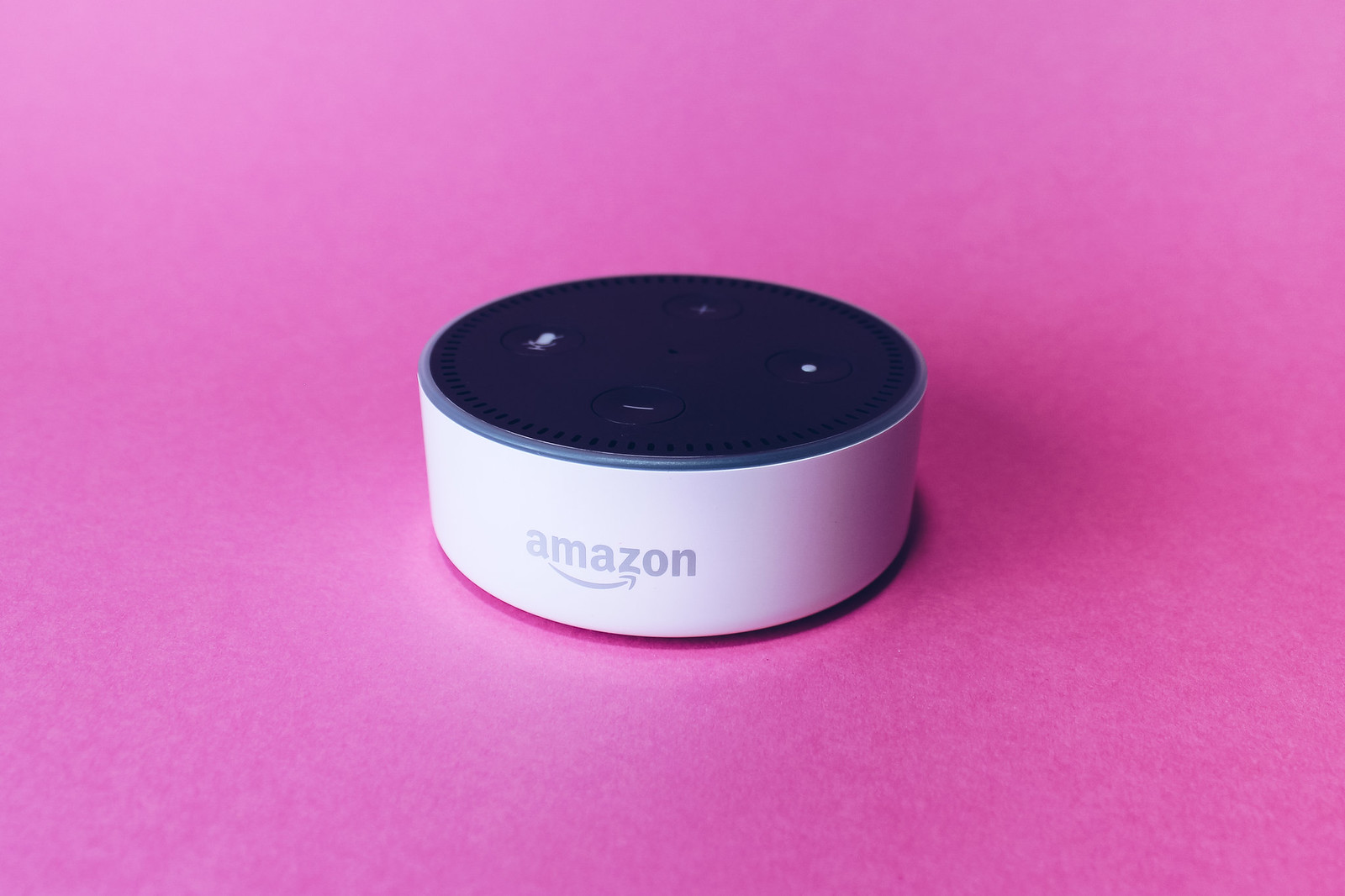-
Chipping Paint: (Flaking, Chipping) Paint that flakes or chips off can indicate a lower quality product that may contain lead.
-
Choking Hazard: (Self-Assemble, Small Parts) Products marketed towards children may contain small pieces, which you can test at home for potential choking hazards by placing them through a toilet paper roll. Watch our advocate demonstrate how to test for choking hazards.
-
Breakable: (Cheap, Fragile, Flimsy) Even if the website lacks a choking hazard warning label, be aware of products with reviews stating that a toy fell apart after regular use.
-
Strong or Strange Smells: (Smelly, Stinky, Burning Plastic and Similar Smells) Extreme smells in toys and similar products can indicate the presence of chemicals that could be harmful to your health, including Dimethylformamide.
-
Loud Noises: (Loud, Distracting, Blaring, Alarming) Excessive noise damages the inner ear and causes hearing loss. If the reviews indicate that a toy is consistently loud and distracting, it may be in violation of federal noise levels standards. The test for noise violations is simple. If a toy’s volume sounds too loud it likely is. For example, if you can hear it from another room or it is agitating when playing, it is likely impacting your hearing as well as your child’s.
-
Extreme heat: (Hot, Burning, Melting, Sparking) If a review references a product becoming very hot during routine or occasional use, it could imply larger electrical issues or a potential fire hazard down the line.
2. Evaluate Unknown Companies/Sellers. If you’re looking at a product made by a seller or manufacturer that you don’t recognize, search the company name and look out for any concerning news articles, recalled items, or negative brand ratings. If there are no previous reviews of the product, it may be worth looking for an alternative product that has been tested by others.
3. Factcheck: Not all medications listed with an FDA certification have actually been approved. Before purchasing, check the FDA website to verify.













